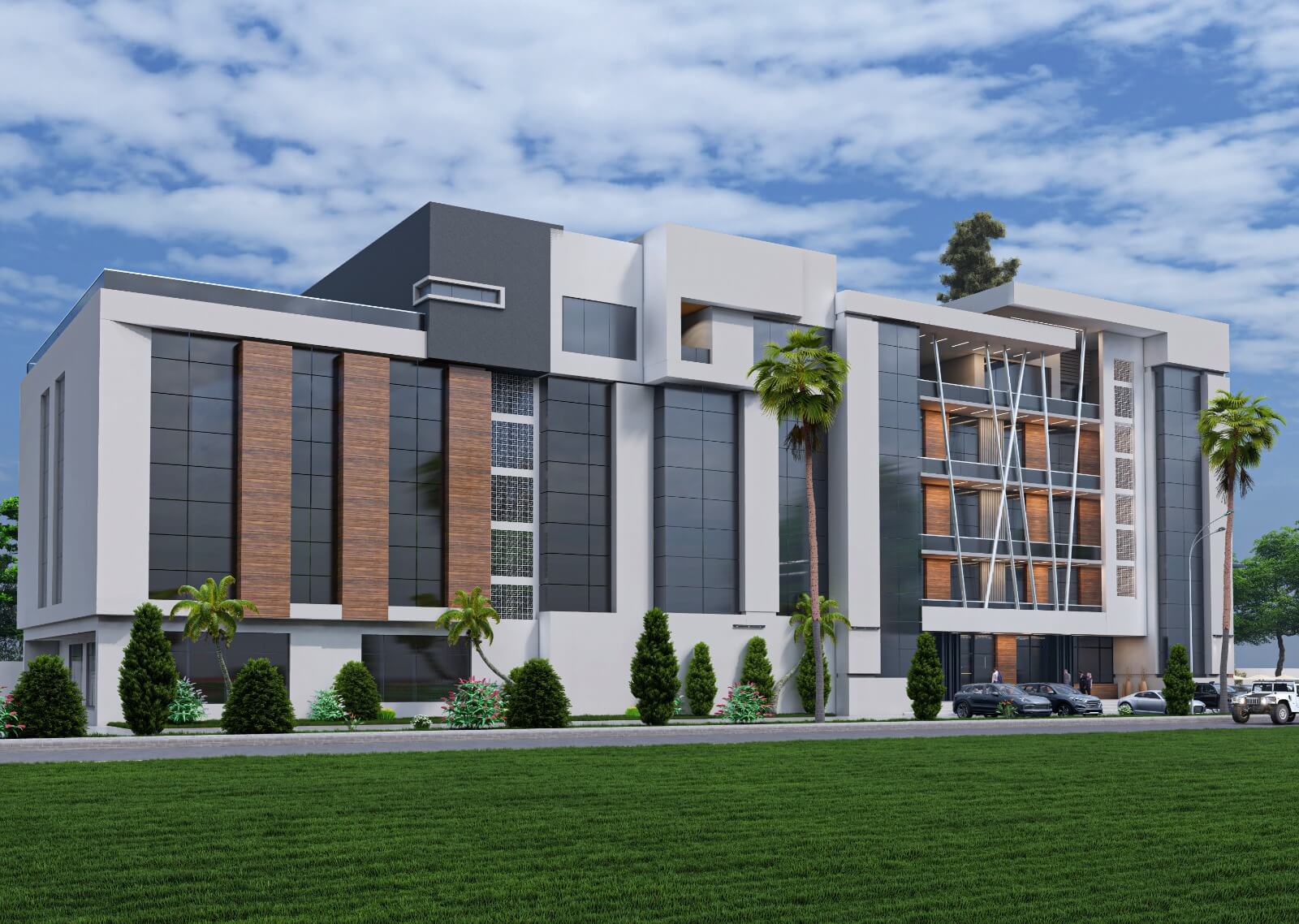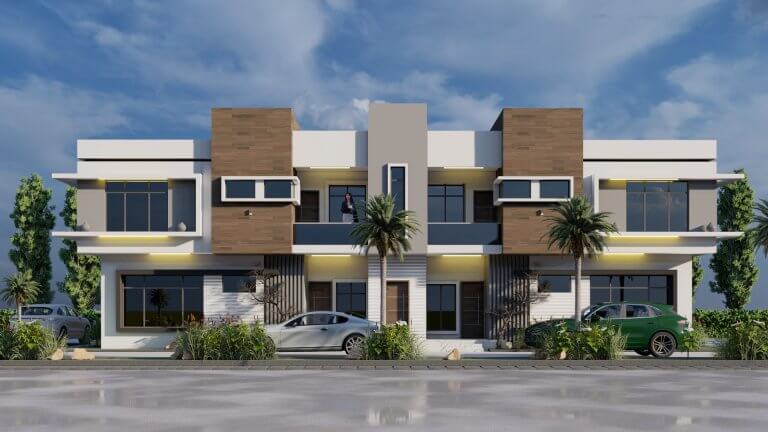

Design and Visualization: Advanced computer-aided design (CAD) software and 3D modeling tools allow architects to create and visualize complex designs with precision. This has led to more innovative and intricate architectural forms.
Sustainability: Technology has facilitated the integration of sustainable practices into architecture. Solar panels, smart building systems, and energy-efficient materials are now common, reducing the environmental footprint of buildings.
Materials and Construction: New materials, such as carbon fiber and 3D-printed components, have expanded design possibilities and construction efficiency. Automation and robotics in construction have also increased speed and accuracy.
Communication: Technology enables architects to collaborate globally in real-time. Video conferencing and project management tools make it easier to work with international teams and clients.
Smart Buildings: The Internet of Things (IoT) has transformed buildings into smart, interconnected systems. Sensors and automation control lighting, heating, and security, enhancing comfort and energy efficiency.
Parametric Design: Algorithms and parametric modeling have enabled architects to generate designs based on predefined parameters, fostering creativity and efficiency in design processes.
Virtual Reality (VR) and Augmented Reality (AR): Architects can now immerse themselves and clients in virtual environments to experience designs before construction begins, improving design communication.
Environmental Analysis: Technology allows architects to conduct detailed environmental simulations, assessing how a building will interact with its surroundings, such as wind patterns or sunlight, optimizing sustainability and comfort.
Prefabrication: Technology has streamlined the production of building components off-site, reducing construction time and waste, while maintaining quality.
Digital Fabrication: Techniques like 3D printing and CNC machining enable architects to create intricate and customized building elements.
In summary, technology has revolutionized contemporary architecture by enhancing design capabilities, sustainability, construction efficiency, and the overall functionality of buildings. It continues to be a driving force in shaping the future of architecture.




